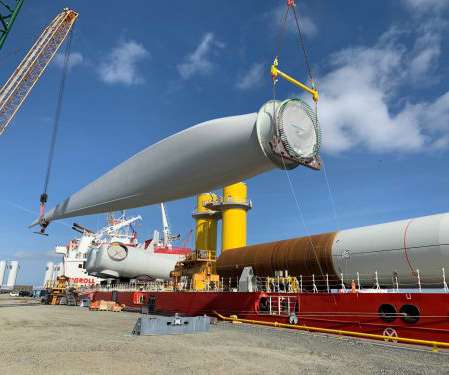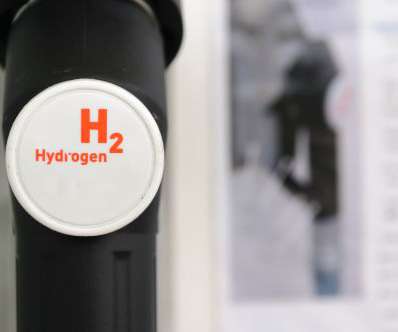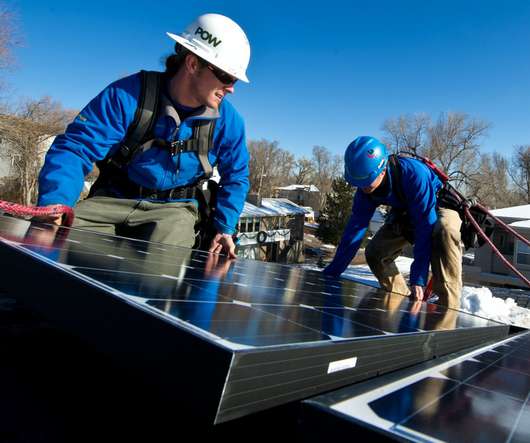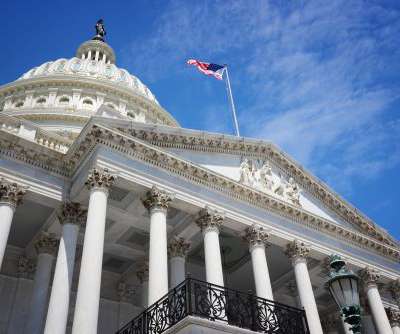Dominion Targets 24GW of Renewables and Storage in Move Toward Virginia’s Clean Energy Goals
GreenTechMedia
MAY 4, 2020
Dominion’s new IRP is driven by Virginia's Clean Economy Act passed earlier this year, which calls for 100 percent carbon-free electricity by 2045 and sets targets for energy efficiency, energy storage, and in-state solar and wind power. Under the law, Dominion Virginia and the smaller Appalachian Power Co.















Let's personalize your content